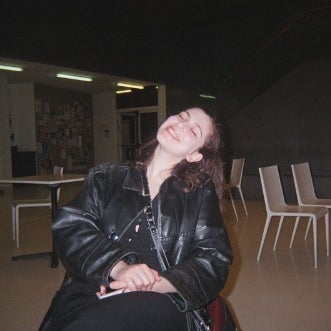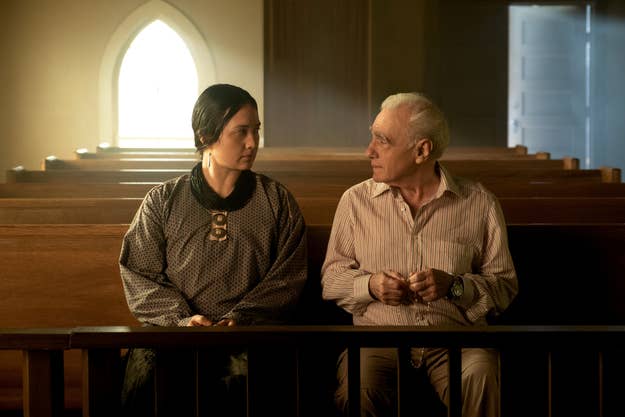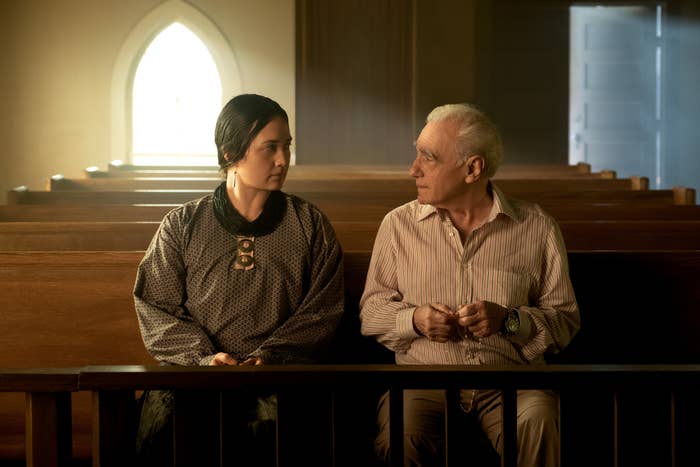
Martin Scorsese is the greatest living filmmaker of our time.
Throughout his illustrious career, which presently spans across 60 years, Scorsese has told the stories of lawless mobsters, ruthless boxers, and Wall Street’s wolf pack, balancing humanity with critique and making for some of the best films of all time. It’s no surprise that the director’s work comfortably rests amongst cinema’s greatest, and his creative momentum has only continued to thunder with Killers of the Flower Moon.
Based on David Grann’s 2017 book, Killers of the Flower Moon: The Osage Murders and the Birth of the FBI, Scorsese’s latest film is a historical epic diving into the real-life tragedy of the Osage massacres that rippled through Oklahoma in the 1920s. The film deals with the tragedy with utmost courtesy to the Osage, and to the audience, delivering a story that painfully details a truth the Osage have known for decades, but that audiences are only just getting acquainted with. Helmed by Robert De Niro, Leonardo DiCaprio, and Lily Gladstone, Killers of the Flower Moon may not be the director’s magnum opus (yet), but it is definitely the most important story he’s told so far.
“It’s a story of complicity. It’s a story of sin by omission,” Scorsese shared during a global press conference for the film on Oct. 16. “Instead of coming in and finding out whodunnit, in reality it’s who didn’t do it.” Scorsese divulged into the details of his latest film, sharing what it was like working with the Osage, the film’s true heart, and even some behind-the-scenes anecdotes on working with DiCaprio from The Wolf of Wall Street to today.

What steps did you or the production team take to ensure that the Osage community felt accurately represented?
Martin Scorsese: As soon as they gave me the book, I said, “Well, if you want me to be involved with anything that has to do with Indigenous people and Native Americans, I had an experience in the ‘70s where I began to become aware of the nature of what their situation was, and still is.” I was too young. I was in my 20s. It’s taken me years, and I’m fascinated by how do you really deal with that culture in a way that is respectful and not hagiographic? That doesn’t fall into [Jean-Jacques Rousseau’s] noble Native sort of thing—none of that.
How truthful can we be and still have authenticity, respect, and dignity, and deal with the truth honestly as best we can? Having said that, when I read [David Grann’s book], it indicated to me that this would probably be the [story] that we could deal with that way. Particularly by getting involved with the culture of the Osage, and actually placing cultural elements, rituals, spiritual moments.
In my first meeting with Chief Standing Bear and his group, it was very different than what I expected. They were naturally cautious. I had to explain to them that we weren’t going to fall into the trap, the cliché of victims or the drunken Indian, but tell this story as straight as possible. What I didn’t really understand the first couple of meetings was that this is an ongoing story out in Oklahoma. In other words, these are things that really weren’t talked about in the generation I was talking to. It was the generation before them that this happened to.
The descendants are still there, and I learned from meeting with them that a lot of the white guys, particularly William Hale, were good friends [with the Osage]. One person pointed out, “Henry Roan was [Hale’s] best friend, and yet he killed him.” People just didn’t believe at the time that [Hale] would be capable of such things. What is it about us as human beings that allows for us to be so compartmentalized in that way?
And Margie Burkhart [a relative of Ernest Burkhart], talked about how “One has to remember that Ernest,” her ancestor, “loved Mollie and Mollie loved Ernest.” Ultimately, the script shifted that way, and that’s when Leo decided to play Ernest instead of Tom White [the BOI agent]. We started reworking the script, and it became gritty. Instead of coming in and finding out whodunnit, in reality it’s who didn’t do it. It’s a story of complicity. It’s a story of sin by omission. That’s what afforded us the opportunity to open the picture up and start from the inside out.
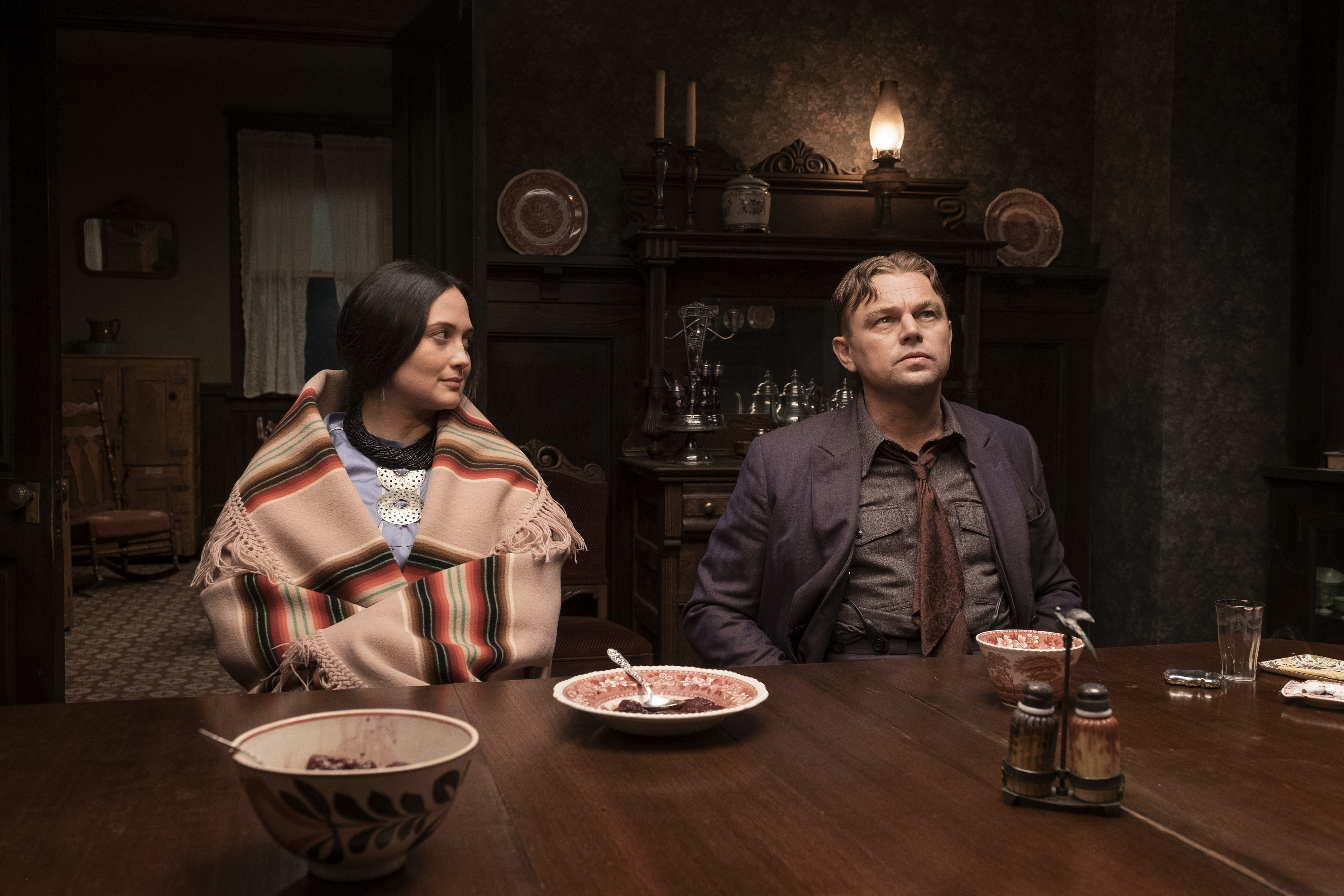
Can you discuss how you created the vision and how you wanted to tell the story in both a historically accurate, but emotionally resonant way?
MS: I should use the word “truthful.” We had a lot of support from the Osage authority who were giving us the indication about how to go about these things, and we tested the accuracy of the rituals, the baby namings, the weddings, the funerals with them. We also had language teachers, and Lily Gladstone learned the language. So did Leo and De Niro, who really fell in love with it and wanted to do more scenes in Osage. I suggested maybe it’s too much for him, but he just liked the sound of it. [Laughs]
A lot [of this] was done in pre-production and during the shoot. Marianne Bower, my archivist, she was able to help keep it all together between myself and the Osage.
Speaking of Lily Gladstone, who of course plays Mollie, Ernest’s wife, I think people are going to be really impressed with her performance. Can you talk a little bit about the first thing that you shot with her?
MS: I saw [Lily] in Certain Women, Kelly Reichardt’s film, and I thought she was terrific. After the pandemic was calming down, we met on Zoom and I was very, very impressed by her presence, intelligence, and the emotion that’s there in her face. You see it; you feel it; it’s all working behind the eyes. You could see it happening.
I think the first big scene we did, which is one of my favorite scenes, is when she has dinner with Ernest alone and she’s questioning him—a little bit of an interrogation. You begin to see the connection between the two. When she says, “Coyote wants money,” and surprisingly he says, “That’s right—I love money,” this is the other thing. She knows what she’s getting into. Even with her sisters later [in another scene], she says, “He’s nice. He wants to settle down”—why don’t we just show that that’s how it could happen?
We needed her to help us tell the story of the women there.
Of course there’s also the scene where [Ernest’s] driving her in the taxi, and it’s only one shot, and he says something about who’s gonna be in the horse race and she answers in Osage. He goes, “What did you say?” and she says it in Osage again. And he says, “Well, I don’t know what that was, but it must have been Indian for handsome devil.” That’s an improv, and you see her laugh for real. That moment, you have the actual relationship between the two actors. These were the moments that we felt very comfortable with her and that we needed her. We needed her to help us tell the story of the women there.
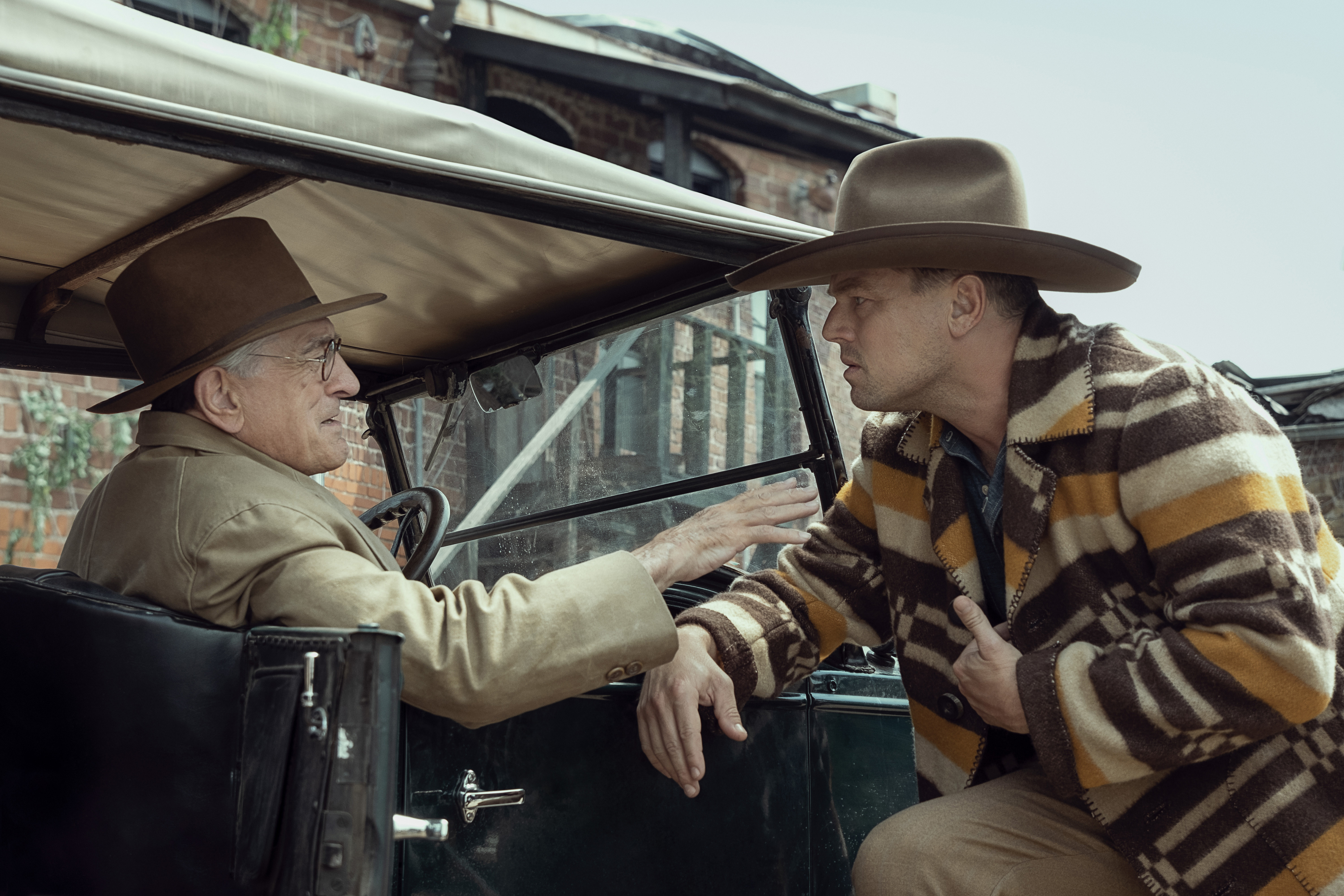
You’ve formed a 20-year partnership with Leonardo DiCaprio and a 50-year partnership with Robert De Niro. Why have you returned to them both so often over the years, and what has stood out to you most about their work on Killers of the Flower Moon?
MS: In the case of De Niro, we were teenagers together. And he’s the only one who really knows where I come from, the people I knew. We had a real testing ground in the ‘70s, where we tried everything and found that we trusted each other. It’s all about trust and love. Very often if an actor has a lot of power—and he had a lot of power at that time—they could take over your picture. With him, I never felt that. There was freedom. There was experimenting.
Years later, he told me he worked with this kid, Leo DiCaprio, a little boy in This Boy’s Life. And he said, “You should work with this kid sometime.” He said it casually, but he rarely gave me recommendations. So years go by and [Leo and I] worked together on Gangs of New York. We developed more of a relationship when we did The Aviator; there was kind of something happening—a maturity within him—I’m not quite sure, but we really clicked in certain scenes. And that led to The Departed, and then [we] became much closer.
Even if we can’t get it right away, we know we’ll come up with something.
We really found out that, even though there’s a 30-year difference [between us], there’s similar sensibilities. He’ll come to me and say, “Listen to this record,” and it’s Louis Jordan and Ella Fitzgerald. I grew up with it. He’s not bringing me anything new, but he likes it. That’s very interesting to me, to be open that way to older parts of our culture and newer parts, of course. The curiosity that he has about other people and other cultures. There’s a trust, even if we can’t get it right away, we know we’ll come up with something.
Particularly when doing The Wolf of Wall Street by the way, he came up with wonderful stuff that was outrageous. So I pushed him, then he pushed me, and then I pushed him more, and suddenly [laughs] everything was wild. It’s really quite something. He had a good energy, too, on the set. That’s also important because in the mornings, I’m not really good, but I’d get on set and see him or Jonah Hill or Margot Robbie, or him and Lily Gladstone, and they’re all like, “Hey!” and I’d say, “OK, let’s work.”
